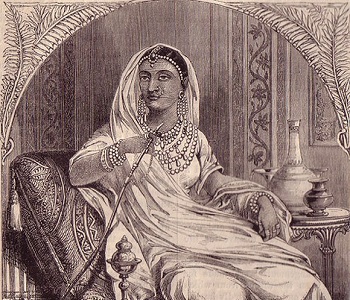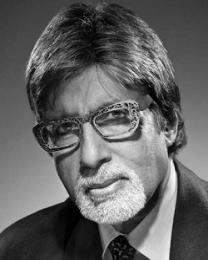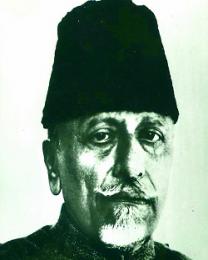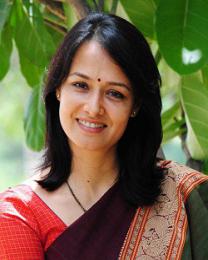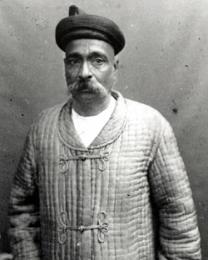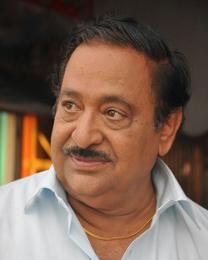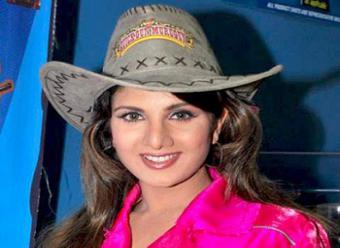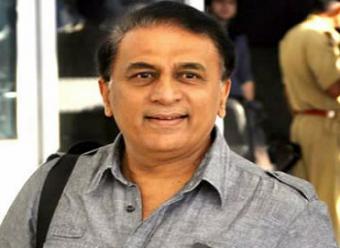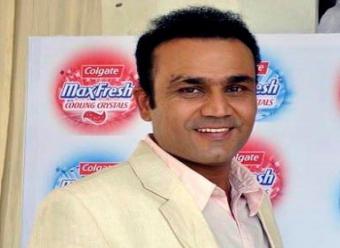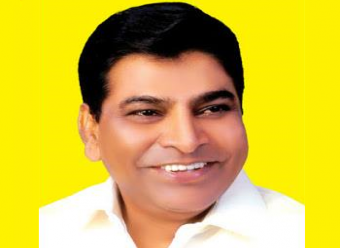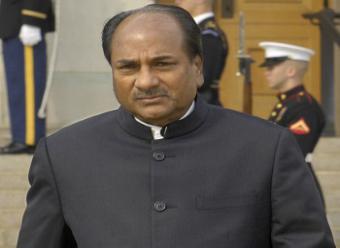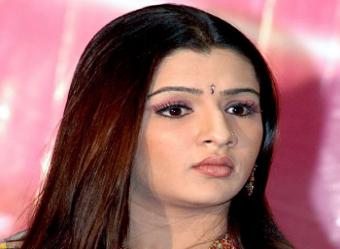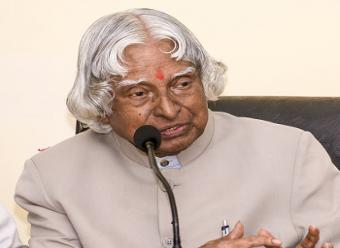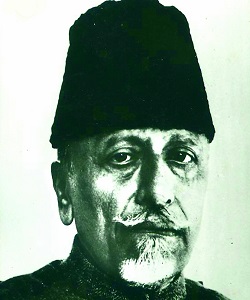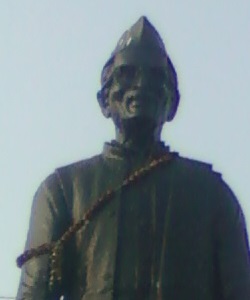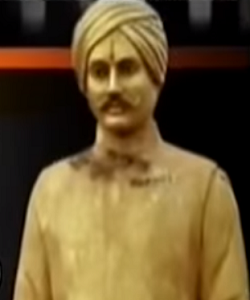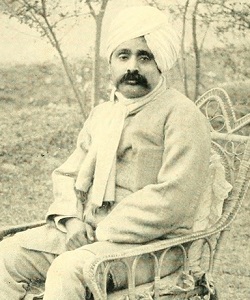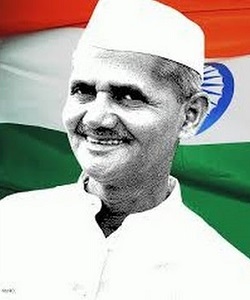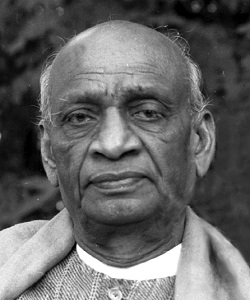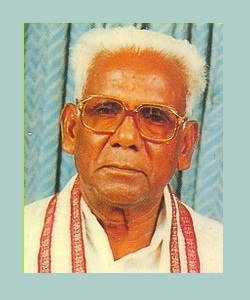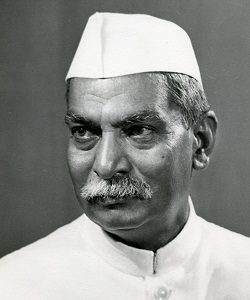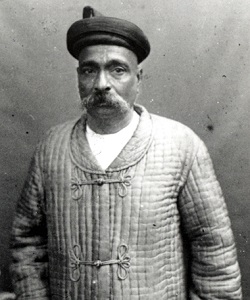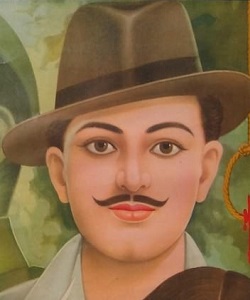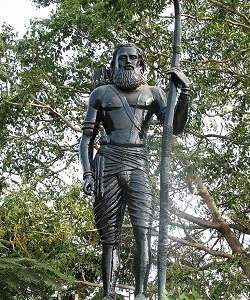Birth Name : Manikarnika
Date of birth : 19/11/1828
Place of birth : Varanasi, India
Category : Freedom Fighters
Childhood
Lakshmibai born in a Brahmin family, she was named 'Manikarnika' and was nicknamed 'Manu'. Her mother died when Manu was four. Manikarnika father worked for a court 'Peshwa of Bithoor district', he brought Manikarnika up like his own daughter. The Peshwa called her 'Chhabili', She was educated at home. She was more independent in her childhood than others of her age, her studies included archery, horsemanship, and self-defence. She had 'Nana Sahib', 'Tatya Tope' among her playmates. However it should be noted that Nana Sahib was at least 7 or 8 years older, being born about 1820, and Tatya Tope, who was born about 1813, was about 14 years her senior, and this at an age when even a single year can make a big difference. In the year 1842, she got married to the Maharaja of Jhansi, 'Raja Gangadhar Rao Niwalkar'. On getting married, she was given the name Lakshmi Bai. Her wedding ceremony was held at the Ganesh temple, located in the old city of Jhansi.
Career After Marriage
Lakshmibai gave birth to a boy named 'Damodar Rao' in 1851, but when he was four months old he died. The Raja adopted a child called 'Anand Rao', the son of Gangadhar Rao's cousin, who was renamed 'Damodar Rao', on the On 21st November 1853 he died. The 18-year-old Lakshmi Bai became a widow. the British East India Company, under Governor General Lord Dalhousie, applied the Doctrine of Lapse, rejecting Damodar Rao's claim to the throne and annexing the state to its territories. In the year March 1854, Lakshmibai was given a pension of Rs. 60,000 and ordered to leave the palace and the fort.
In war
Lakshmibai was accompanied by her generals. From the period between Sep-Oct 1857, Rani defended Jhansi from being invaded by the armies of the neighboring rajas of 'Orchha' and 'Datia'. In January 1858, the British army headed it’s away towards Jhansi. The conflict went on for two weeks. Finally, the Britishers succeeded in the annexation of the city. However, Laksmi Bai managed to escape along with her son, in the guise of a man. She took refuge in Kalpi, where she met 'Tatya Tope', a great warrior. She died on 17th June, during the battle for 'Gwalior'. It is believed that, when she was lying unconscious in the battle field, a Brahmin found her and brought her to an ashram, where she died. For her immense effort, she is referred to as the ‘Icon of the Indian Nationalist Movement’. Throughout the uprising, the aim of Rani was to secure the throne for her adopted son Damodar. Her story became a beacon for the upcoming generations of freedom fighters. Lot of literature has been written on the life history of Rani Lakshmibai of Jhansi. Heroic poems have been composed in her honor.
Death
Three days later the city was captured by the besiegers. Rani Lakshmibai escaped under the cover of darkness with her son. There she joined the additional rebel forces including 'Tatya Tope'. They then moved to Gwalior where she grouped rebel forces and they defeated the maharaja of Gwalior. They could occupy a strategic fort a Gwalior. On the second day of fighting on June 18, 1858 she was seriously wounded and died. However British were unable to find the body of Lakshimi Bai. It is believed that a quick and secret funeral was conducted.


